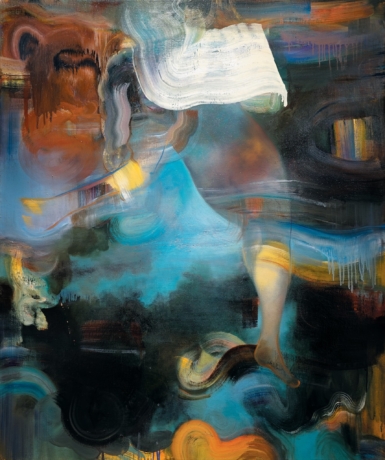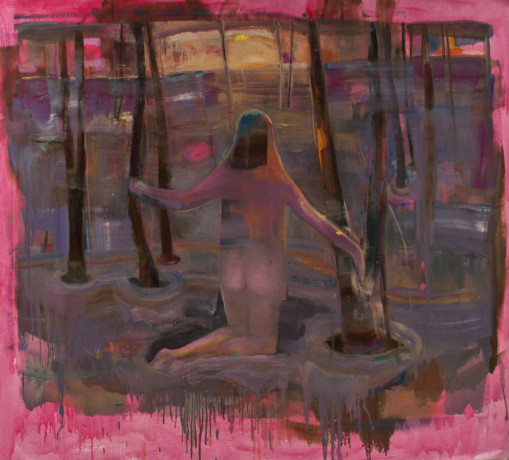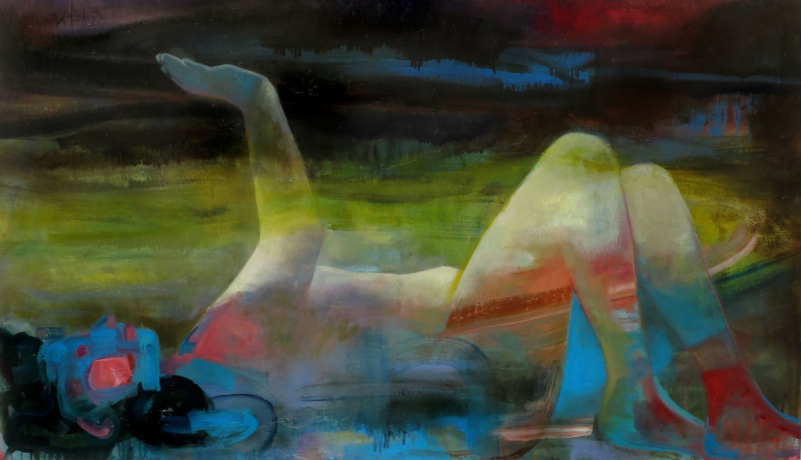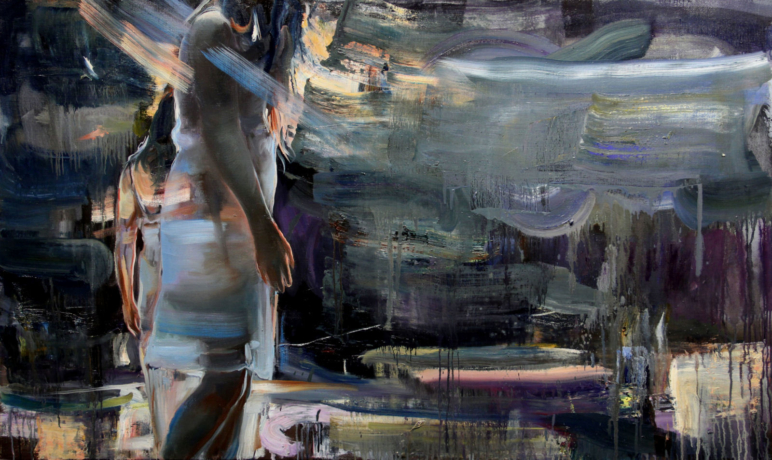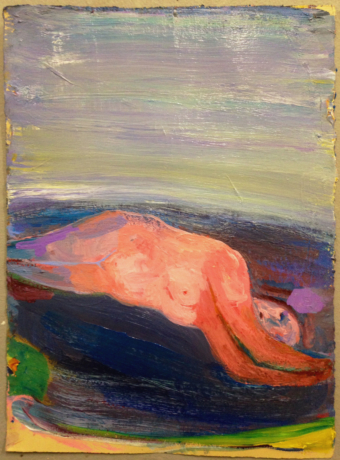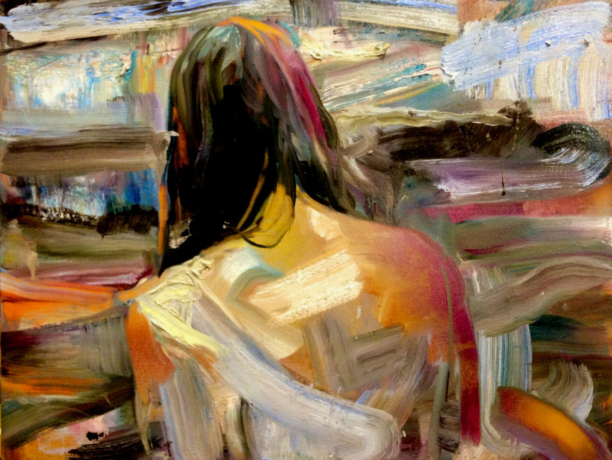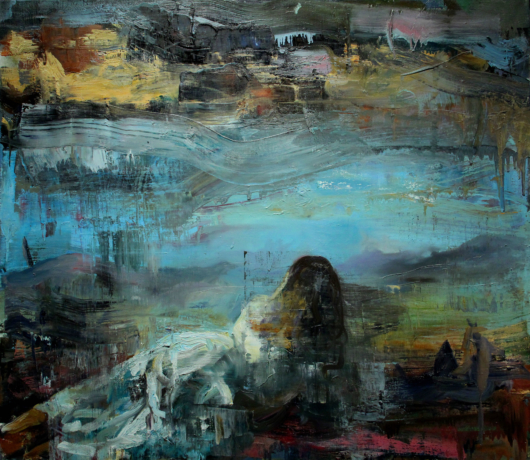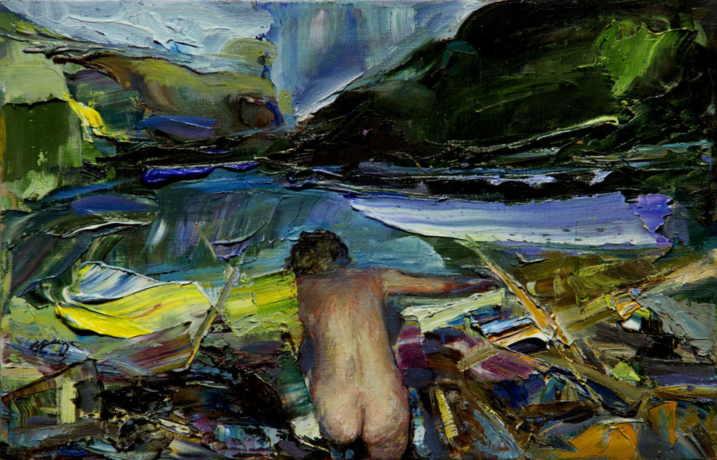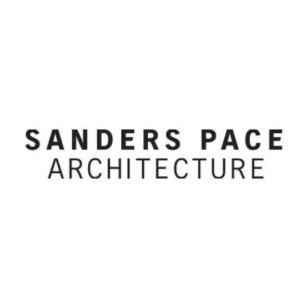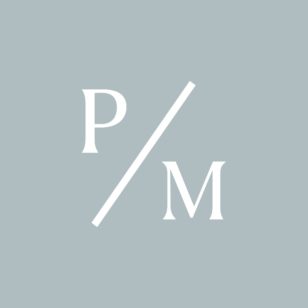MIRA GERARD
Website
CV
Tri-cities, TN | Painting
Bio:
Mira Gerard’s creative practice spans painting, performance, and video. She received her BFA from Indiana University in Bloomington, Indiana and her MFA from the University of Georgia in Athens, Georgia. Her work has been recently curated into exhibitions such as "Contemporary Focus 2015" at the Knoxville Museum of Art, "states of being" at Torrance Art Museum, and "Almost Human" at Converge Gallery.. Her work has been published in New American Paintings #118, Manifest International Painting Annual and Poets and Artists Magazine. She has presented papers and performance pieces on the intersection of art and psychoanalysis the Psychology & the Other conference in Cambridge, Massachusetts and the Southeastern College Art Conference, and the Zizek Studies Conference. She is a contributing writer for the award winning online journal Figure/Ground Communication, and she has curated several group exhibitions including Remote Viewing at Curating Contemporary and The Ghost in You at Gallery 304 in New York. She has received fellowships through artists’ residencies at Cill Rialaig Project in Ballinskelligs, Ireland, The Hambidge Center in Rabun Gap, Georgia, and The Vermont Studio Center. Mira Gerard is Chair and Professor of Painting in the Department of Art & Design at East Tennessee State University in Johnson City, Tennessee.
Statement:
I make paintings of the figure as a way to understand desire, which functions in my work in part as a fantasy about being both subject and maker. Throughout my childhood, I was a frequent subject of my father's paintings and photographs, and perhaps a result of this was that in my early years of art school I initially made self portraits. I later took on the difficult task of imagining the figure from a different viewpoint.
Over the last 8 years, my paintings have been informed by my experiences in Lacanian psychoanalysis. It is a practice of speaking freely without preconception, and is in many ways similar to painting, where I imagine, take apart, and piece together images based on sources ranging from film stills to personal memories. Psychoanalytic discourse and painting both allow for impulses, slips, and interventions of the unconscious to emerge and interrupt original intentions. The resulting surface presents an alternate vision that contains the evidence of the history of the painting through ridges and scars of accumulated layers, marks, erasures, and drips.
